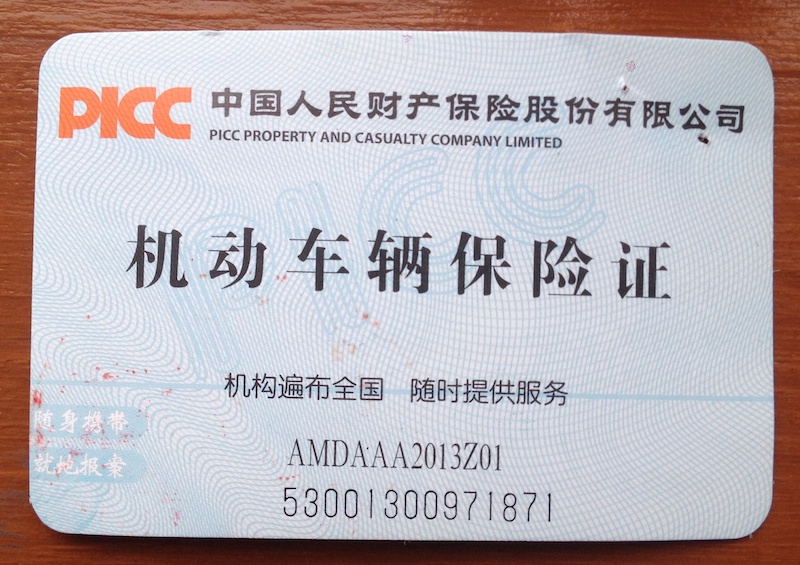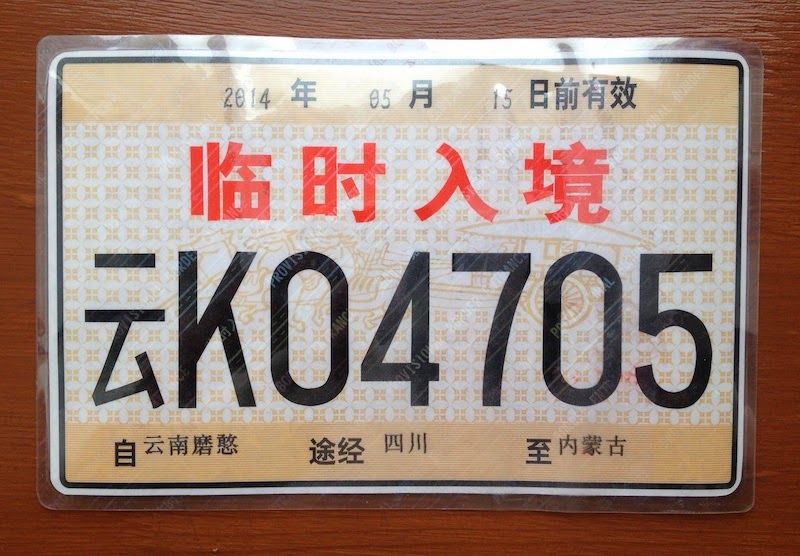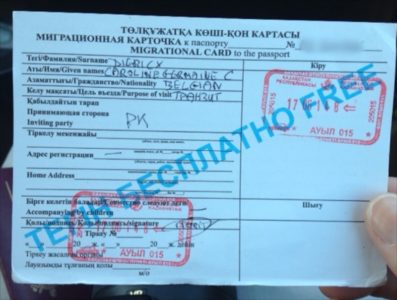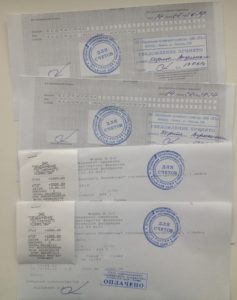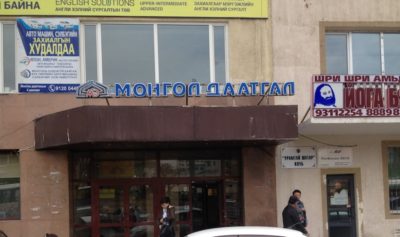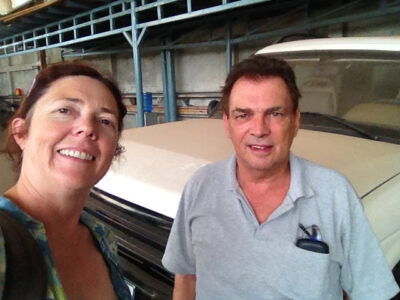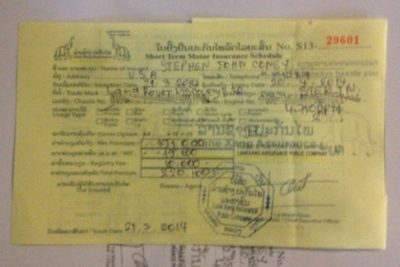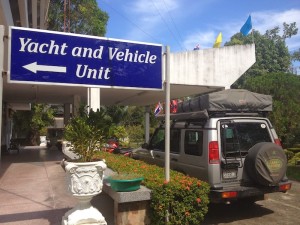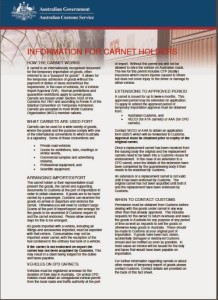This post is about the government documentation we needed and obtained to bring our car and ourselves into China.
China in General
There apparently is no such thing as independent vehicle travel through China for western tourists like us. This was the case when we traveled through, in April/May, 2014; always good to check what the situation is though.
We were required to engage a guide who would journey with us. And since the costs associated with a guide can be quite high, typically multi-car convoys are formed and the guide costs are shared. The guide is responsible for the bulk of the paperwork, of which apparently there is quite a bit. The guide needs to seek permission from the military in Beijing, and of the police in each of the provinces we intended to travel through. Only our guide knew what paperwork was required and we were shielded from this complication. We were very lucky to have an excellent guide and everything went very smoothly. In fact the whole China crossing exceeded our expectations.
We don’t think we could have had a better guide than Lun, so here is his contact email: nature_lunwang@hotmail.com
Before the Border
There was some paperwork to be completed with the guide about 3 months before entry into China. It literally takes three months for the guide to take our information, to then get all of the necessary paperwork and permissions. The documentation we sent to our guide was:
- Photos of our car. A total of 4 photos, a) Back and left, b) Front and right, c) Front and d) side.
- Copies of drivers license. Both our Californian as well as our International Driving Permit.
- Copies of information page of our Passports
- Passport style photo of us each.
- Vehicle Registration
- Vehicle Certificate of Title.
In addition a ‘day by day itinerary’ was required with entry and exit dates. This was mainly prepared by another member of the convoy, with some input from the guide.
All convoy members needed to get their visa prior to entry and we applied for our Chinese visa in Phnom Penh. The process was painless enough. The one complication was that a ‘Letter of Invitation’ was required, but this was timely supplied by our guide. Otherwise it was just a matter of filling out the application form, paying some money and waiting a few days.
Once we got our visa we noticed that we had only received a 30 day visa. This was a little strange as our official itinerary was for 31 days. In reality our actual itinerary was 29 days and our guide had put a few extra days in for padding. We went to the Chinese embassy in Vientiane to request an adjustment, but were told that this would have to be done in China. Impossible as it would take 7 days and our itinerary didn’t allow for that. We didn’t expect to stay longer, but again is was more for safety. Turned out we only stayed in China for 29 days anyway.
Border Crossing and Import Process
We crossed into China at Móhān (磨憨) at the checkpoint with Laos near the border town of Boten. The Laos National Highway 13 joins the G213 in China. The border complex was very impressive. Maybe a little overbuilt for the number of people actually crossing. There were quite a through steps to jump through but overall the process was very professional and painless.
There was a four-step process for us to cross the border in our car. First, our car was sprayed automatically to pass the health control. Then we passed through immigration on foot and got ourselves stamped in. Then back to the car to drive across the checkpoint and finally the car and contents were “inspected” by customs. In more detail:-
- Step 1: We were stopped at an automated control barrier which provided entry into a car wash type contraption which sprayed some chemical all over Sterlin. Presumably this was some type of pest control measure. This all happened rather quickly so windows up! Once through we pulled over into a parking area and went searching for our guide.
- Step 2: We quickly found Lun and he stayed with us during the rest of the process. Just after we entered the massive arrivals hall, an official took our passports and placed them into a machine reader which quickly printed out our Arrival and Departure cards. The process for countries in South East Asia typically involves wandering around looking for some blank forms and then spending 10 minutes filling them out. So this was much easier. We then joined the short queue of people at immigration. Although there were three desks open, it seemed that one particular officer was going to be dealing with us, so we were asked to change queues, then sit down and then reform a line and then reform the line again but this time with drivers first. I guess we were special. There was about 10 minutes of this. But the actual stamping in process only took a minute or so for each person.
- Step 3: Drivers were given a white piece of paper with some stamps on it, which was then used to cross the checkpoint. ‘Passengers’ were asked to walk across the checkpoint. We were all reunited on the other side in a few short minutes.
- Step 4: We parked the cars in a customs inspection waiting area. And then we waited. After about 10 minutes no-one showed up, so Lun went off to find someone. Not sure if he was successful or not, but regardless we all jumped into the cars and just drove off.
We were now in China. There were/are many stories on the Internet of how hard and time consuming it is to enter China, but obviously this was not our experience. I suspect the two days our guide (Lun) had spent at the border preparing for our arrival with the officials really paid off. And he’s been doing this since the early ’80’s.

After the Border
Although we were in China and driving around, we did not yet have a license or car registration. About 50 kms north of the border is the town of Měnglà (勐臘) where there is a Vehicle Inspection and Registration facility. We arrived at lunchtime to find the place completely closed down. We just sat around for a while wondering what to do. Lun went off wandering and worked a little magic and found an official to help us out, even though the office was not due to open until 3pm.
The vehicles were inspected very quickly. The only test performed involved turning the wheel full-lock in one direction and then full-lock in the other direction and repeating this until told to stop. No idea what this was checking, but it satisfied the inspector. Then magically our temporary drivers licenses and car registration placards appeared. Including all the hanging around, the process took maybe 30 minutes.
Now, we’d heard (ie.: read online) all these stories of people having to sit through many more tests, including: head light alignment (for the cars obviously), medicals (for the drivers obviously), watching traffic education movies (bit strange after what we experienced in China),… but none of that for us. We did enter during a holiday period and Lun had sorted things out as well. No complaints from us.


Leaving China
We departed China at Èrliánhàotè (二连浩特) to enter Mongolia. On the Mongolian side the border town is called Zamiin-Uud (Замын-Үүд). Leaving was a breeze (again: thank you Lun!) and took less than 30 minutes. There were a dozen or so Mongolian trucks crossing at the same time and we did not see any other tourists (besides those traveling in our convoy). The steps involved were:-
- Step 1: First we had to enter the border facility. We presented our registration and passports to a security guard who noted down our license plate on a very small piece of white paper. Then he let us into the compound.
- Step 2: First up was customs where we drove up to and parked our cars in the shaded inspection area. We waited for about five or ten minutes during which time nothing really happened. Some official and senior looking people came and said hello, but we think they were just inspecting the facility and practicing their English on us. Then, all of a sudden we were asked to lock our cars and for all of us to proceed to the immigration building. It seems we would exit immigration first and then clear customs. We joined a short line and it was not long before we had our passports stamped and the departure cards taken off us (the ones we had been given in Móhān).
- Step 3: ‘Drivers’ headed back to the cars while ‘passengers’ walked across the border. The passengers (being the women) gave Lun big hugs and thanked him very much as they would not see him again. Lun stayed with the drivers to make sure everything continued to go well. Once back at the cars the officials wanted to check that the Vehicle Identification Number (VIN) and Engine Number matched their records. They had a little trouble seeing the engine number, even when I pointed it out. But once they saw something they were pretty happy. Other than this, there was no inspection of the car or the contents. Then we drove up to the barrier which was about 150 meters away, presented our passports and drove through the checkpoint. We did have time to quickly thank our Guide.
- Step 4: The last step was to leave the facility. We presented our passports and gave the little white pieces of paper to the security guard. Once satisfied he open the gate for us and we were out of China.
All very quick and painless really.
Other Documents
Here are copies of other documents that Lun had arranged for us. We never found out exactly what these were, how much they cost etc. But we carried them just in case.

